
Systematize Design Process!
Wenzhe Peng; advised by Jonathan Bachrach, Sara Dean, Etienne Turpin, and Kyle Steinfeld

The age of computation is upon us.
No longer can we shrink into the dark gilded corners of our addled discipline. It's time to abandon the romanticization of the T-square and triangle, shake off our reliance on instinct and intuition, and accept the gifts of a more systematized approach to architectural design. Generative approaches to design have long been practiced in other industrial fields, yet are still met with befuddlement and suspicion in the field of architectural design.
This research explores the application of a total generative design system applied to every aspect of the architecture design workflow. The logics of games, parametric models, thermodynamic and daylight simulation are all brought to bear in this totalizing system. While some aspects of design are more sympathetic to automation than others, this project leaves no obscure corner untouched and no detail in a suboptimal state.
Cellphone is a kind of citizen sensor. It's far more than just a device for communication, but a photo taker, a Geo-location recorder, an event reporter. Cellphone report based community have the potential to collect data regarding unprecedented topics. I have taken advantage of the data collected by cellphones as a network, and mapping those unseen data must show a lot more than our expectation.
Contour lines are 2D representation of the 3D topography. It have omitted certain kind of information regarding the original environment, but make the topography somehow easier to read as well as operated and analyzed. I want to use the site's contour lines as a main seed of the office layout generating system. Converting the site's up and downs and the slope at a certain position to numerable value, and apply them to control the building cell existence.
Robot Arm is a kind of machine that can be utilized most customized, which I consider it a different kind of design or manufacture medium. Utilized in writing bible, for example, it's a kind of machine that tries to take place of human's hand. In that way, robot arm are trying to hide its existence, do the same thing as human may do in the old times by hand, though maybe much more efficiently. At the same time, robot arms can help to build more crazy shaped constructions, like parametric controlled brick wall, customized pavilion made with wood panels cut by robot arms. These are examples that the robot arm as a design medium tries to leave marks on the outcome, as they are in
Photographic mosaic is a picture (usually a photograph) that has been divided into (usually equal sized) rectangular sections, each of which is replaced with another photograph that matches the target photo. The things we see can change a lot based on the distance of view or sometime the angle of the observation. This kind of methodology remind me the possible visibility of different scopes, as well as the chance to form pattern can be in a more massive but productive way.
The Sardine is a perfect natural emerging system. Each sardine follow simple rules to adapt to the flock, thus creating incredible behaviors as a group. The Sardine is regarded as one of the basic prototypes of swarm algorithm. More than a just an algorithm to be applied, the Sardine as swarm algorithm have providing more inspiration as a way to think and organize my generating system. It includes the way of bottom-up as a generator, which is a rule based automata, as a supplement of the whole up-down process
Subdivision is a method of turning a surface into pieces, by certain kind of rule based recursion. It can be an effective shape generator, as well can give us inspiration that are far beyond our expectation. A very little change to the basic shape seed will have a huge effect on the final generated shape. I am trying to employ this methodology as a way to get the basic cells of my office layout, which can be used to be further judged by rules to make them more architectural.

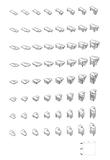
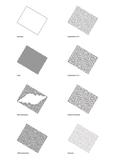
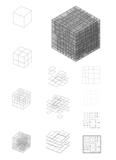
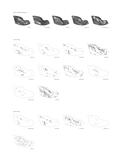
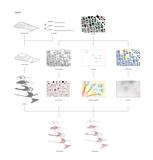
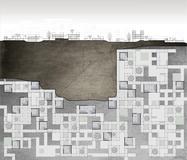







There's more!
Some other projects from this same class have been posted, as well as some interesting student work from this same year.